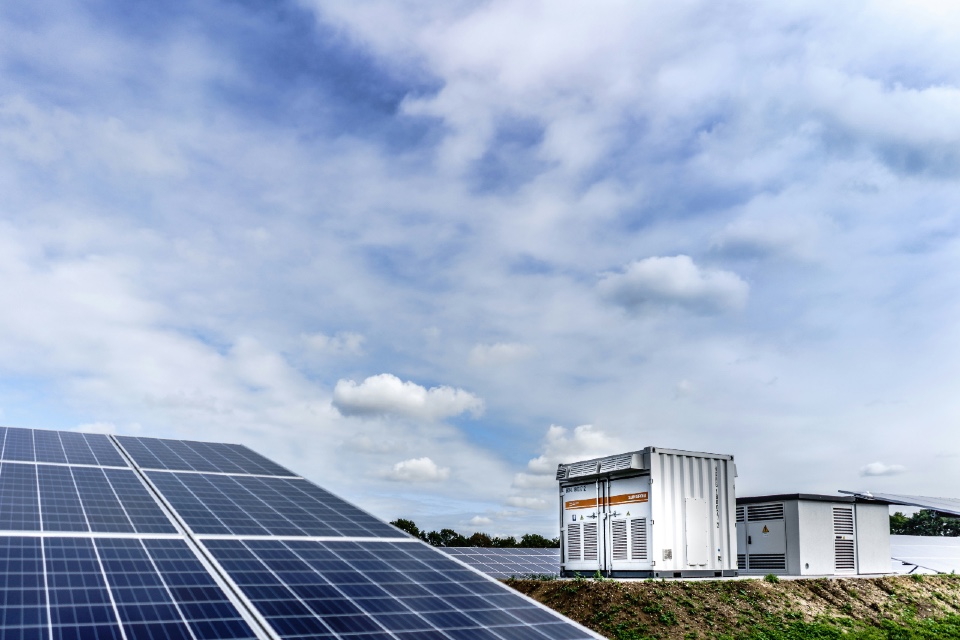Facilities managers and energy leaders attending the Energy Management Summit face growing pressure to reduce carbon emissions, stabilise energy costs, and meet grid decarbonisation goals, energy storage has emerged as a powerful enabler of energy resilience and optimisation. Choosing the right digital storage partner is not just about battery capacity, it’s about aligning with the right technologies, services, and support to ensure long-term operational and financial value…
- Software Integration and Energy System Compatibility
One of the most important procurement considerations is the integration of storage systems with wider energy infrastructure. The chosen partner should offer seamless interoperability with Building Management Systems (BMS), energy management platforms, and renewable generation assets (such as solar PV). Advanced platforms now support AI-driven demand forecasting and automated energy shifting to maximise self-consumption and avoid peak tariffs.
Facilities teams should assess whether the storage software supports real-time monitoring, performance analytics, and remote diagnostics, and whether it integrates with broader CAFM or IoT-enabled platforms.
- Lifecycle Cost, Not Just Capital Expense
The upfront cost of battery storage is only one part of the equation. Facilities leaders must work with partners who can provide detailed lifetime cost modelling, including expected performance degradation, maintenance requirements, and total cost of ownership (TCO) over a 10–15 year period. Some providers now offer “Storage-as-a-Service” models that reduce capital burden and tie payments to verified energy performance.
Procurement teams should also evaluate access to flexible finance options or leasing models that align with budgeting cycles in both private and public sector operations.
- Warranty and Aftercare Support
Given the long operational life of storage assets, robust warranties and aftercare support are critical. Suppliers should offer comprehensive warranties that cover both hardware and software, as well as clearly defined service level agreements (SLAs) for technical support, maintenance, and software updates.
Onsite support availability, UK-based helpdesks, and remote issue resolution capabilities should all factor into the partner assessment process.
- Grid Services and Revenue Participation
Increasingly, storage solutions enable participation in demand response and flexibility markets. A strong partner will help facilities navigate opportunities to generate new income streams, such as providing frequency response services to National Grid or optimising energy use in line with dynamic pricing. Partners with proven market participation experience can offer co-optimisation platforms and access to trading desks.
- Track Record and Sector Relevance
Finally, the right digital storage partner should have a proven track record of deployments in comparable facilities, whether that’s hospitals, universities, logistics hubs or retail portfolios. Demonstrated experience in regulatory compliance, safety, and sector-specific challenges ensures smoother delivery and faster ROI.
By selecting a partner who understands the complexity and opportunity of storage, energy and FM leaders can unlock powerful benefits in efficiency, sustainability, and cost control.
Are you searching for Energy Storage solutions for your organisation? The Energy Management Summit can help!
Photo by Jakub Żerdzicki on Unsplash




